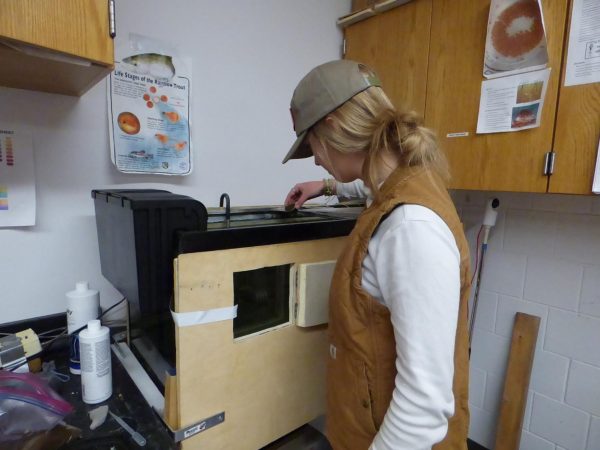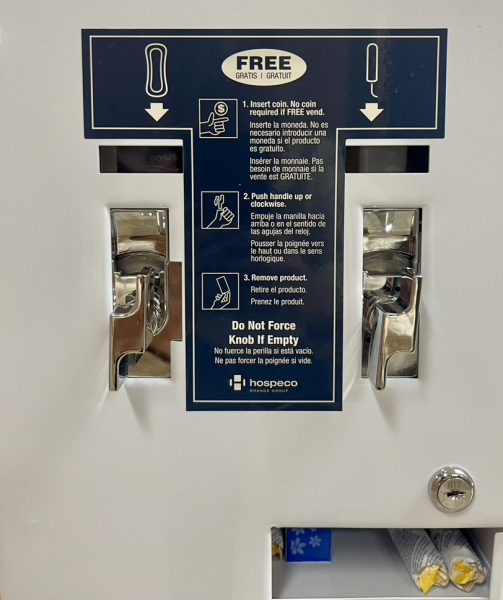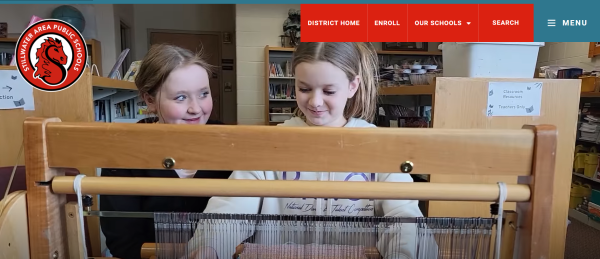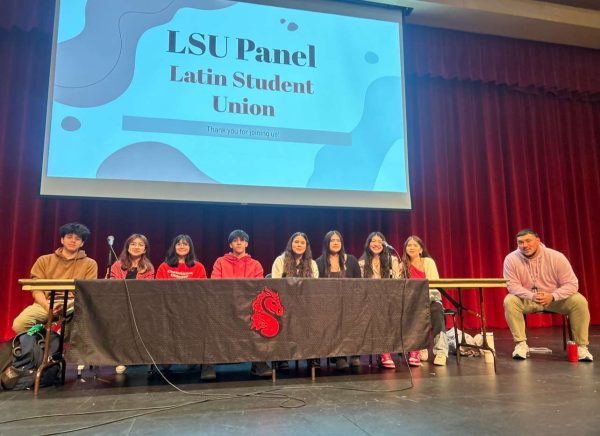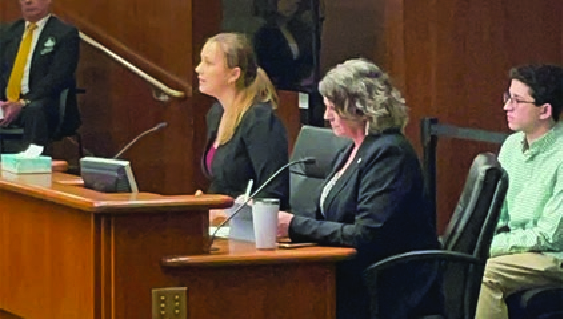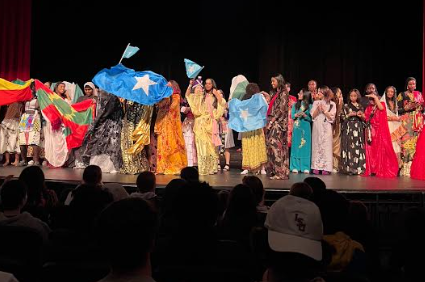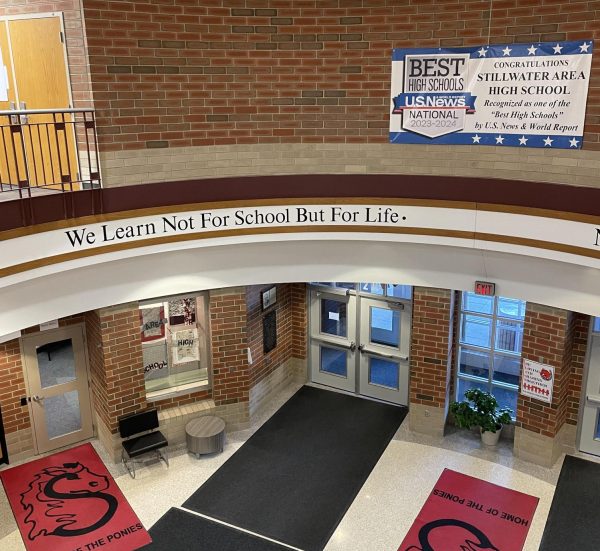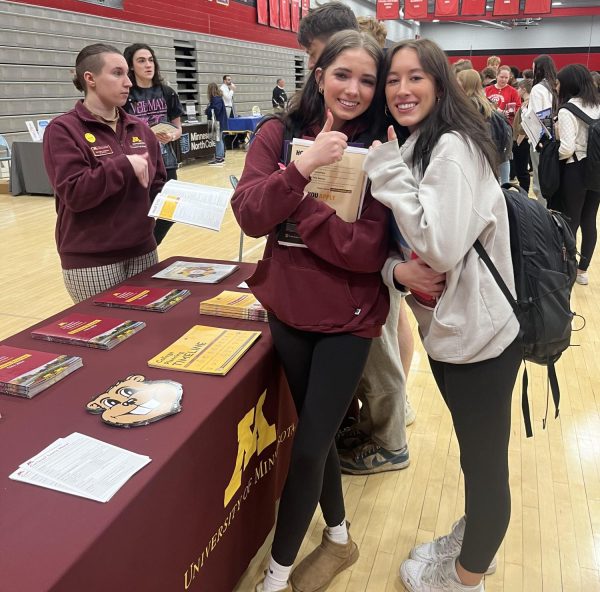Flying across a challenging sea

“It seems like it’d take a lot of bravery,” said junior Aine King. More bravery than most teenagers have at their disposal.
There are four foreign exchange students this year, eager to learn about, and take the challenge to immerse themselves in another culture. Driving herself headfirst into Americanism and our open culture, junior Ayane Tanaka has planned this academic study for approximately one year. Flying in from Japan, this is one year she will probably never forget.
Tanaka said she was, “excited” when she got off the plane for “school” in America.
Japan’s education system and what students learn is set by the national government. In America, each state decides its own curriculum which, in turn, means that students throughout America are getting vastly different qualities of education. Furthermore, the literacy rate in Japan is 99 percent, with the global literacy rate set at 84.1 percent.
Another thing that Tanaka was excited for was a “new family.”
When traveling abroad as a foreign exchange student, the student is temporarily adopted into another family. This family is then called a “host family.” The host family has to consist of at least one parent and one child under the age of eighteen. In Tanaka’s host family, there are four children; 3 boys and one girl but back home, Tanaka is an only child.
“[The] first thing I asked was, ‘Do you want a Starbucks?'” Host Mom Tara King asked. An absolute “yes” then followed.
Tanaka had been airbourne for a total of 15 or more hours. Any reasonable human being knows that after enduring a travel time such a that, a coffee, is not so bad.
As it turns out, Starbucks doesn’t only exist in America. In fact, there are over twenty-one thousand locations worldwide! Twelve thousand of which are in the United States.
I imagine by March or April, [Tanaka’s] English is going to be really good.
— Tara King
“Communication,” said Tanaka of her worst fear was when she got here.
Tanaka had taken three years of English in Japan before becoming a foreign exchange student but she was still worried about how she may be able to communicate with those around her. “I think she’s doing beautifully,” commented King, “I imagine by March or April, [Tanaka’s] English is going to be really good.”
“It was kind of awkward,” said junior Aine King. “Usually American’s hug each other when they meet someone or see a family member.”
However, greeting etiquette consists of bowing in Japan. A bow can be anything from a nod of the head to bending at the waist depending on whether the occasion is formal or informal.
Regarding the differences between Japan and America, one of the first things Tanaka made note about was the candy and desserts here. “Sweets are very sweet,” Tanaka said .
In her homeland, a well known treat is called Wagashi. Made from ingredients native to Japan, wagashi is generally more subtle in taste (much dislike our rich cakes and melt-in-your-mouth chocolates), but has a wide variety of flavors. Furthermore, it usually has varying designs, but each one is based off of something found in nature, and fluctuates with the seasons.
King said, “I guess the world is smaller than we realize it is.”
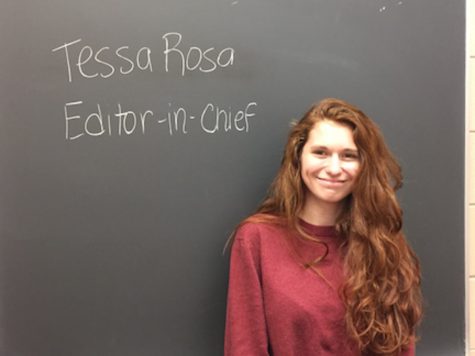
Tessa Rosa is a senior at SAHS and she has a passion for music. At school she participates in Concert Wind Symphony, the jazz band and obviously newspaper....


